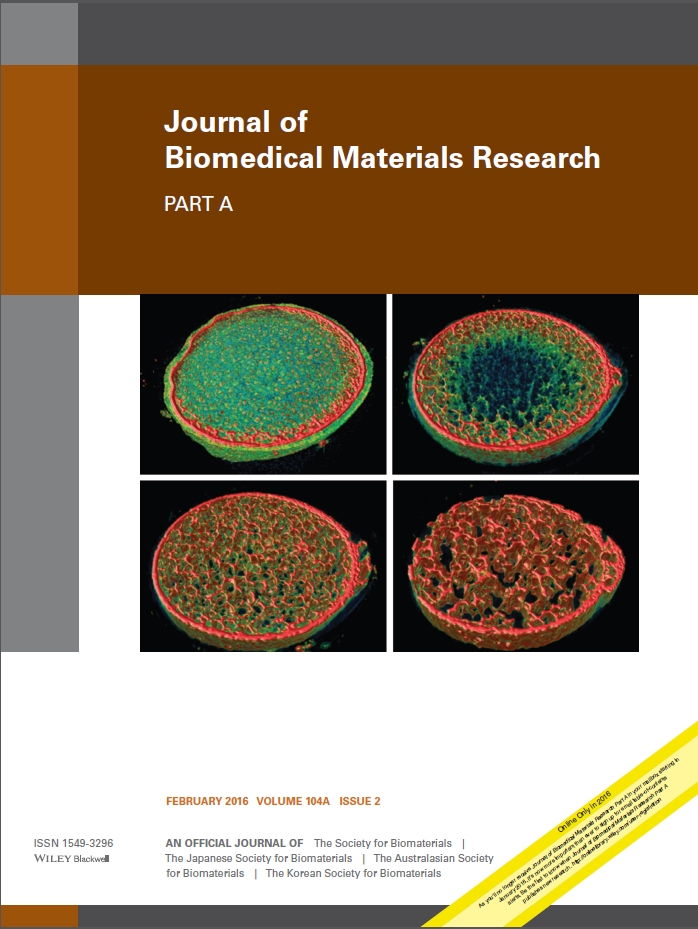It is already known that cells respond strongly to topography and chemistry of 2D surfaces. In this work we study cell–material interactions; in particular, we investigated the attachment and alignment of SH‐SY5Y cells of neuronal origin on grooved‐patterns made from Silicon (Si) and Gold (Au). The Au–Si groove‐pattern stimulated 93% of SH‐SY5Y cells to differentiate into neuroblast‐like type (N‐type) in 2 days and outgrown neurites exhibited strong anisotropy along the grooves with 90% of cells having one or two neurites. In comparison, random distribution of morphology type, neurite number, and alignment were observed on control flat surfaces (Si and Au). We further show that designed Au–Si groove‐patterns can be used to form reversed groove patterns on polycarolactone surface via soft lithography approach. Sixty‐nine percentage of SH‐SY5Y cells aligned along the obtained reversed groove patterns of the same dimensional characteristics to Si–Au grooves. In particular, this work demonstrated that the Au–Si grooves pattern stimulates neurite polarity, elongation, and morphological differentiation of neuroblastoma cells without any exogenous supply of growth factors or stimulants in just 2 days, which can lead to selective procedure of obtaining homologous population of neuron‐like cells for future nerve regeneration therapies.

